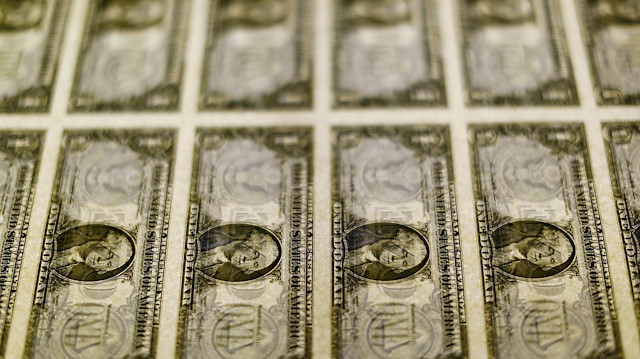
NOT SO EASY
The balance sheet expansion program announced in mid-October is part of a concerted effort by the Fed to avoid a repeat of the liquidity crunch in mid-September that led to a spike in short-term borrowing rates. The Treasury purchases, combined with daily repo operations, are meant to resolve the liquidity issues so that they do not get in the way of the Fed's main job of setting monetary policy.
But some investors say it's not so easy to completely isolate those large asset purchases.
"They are trying to send the signal to everyone else to think about them as separate," said Lewis Alexander, chief U.S. economist at Nomura. "I frankly have a problem with that."
Alexander said he would like more clarity on how the Fed decides which assets it is going to buy when managing its balance sheet. "I just don't understand how they're thinking about this decision," he said.
The Fed's efforts to improve liquidity in financial markets could stimulate the economy by boosting investors' outlook, said Julian Emanuel, chief equity and derivatives strategist for BTIG. Some financial firms may feel more comfortable with making investments if they believe markets are operating smoothly, he said.
By snapping up short-term Treasury bills, the Fed also helped to reverse the so-called inverted yield curve, which happens when the yields on long-term bonds fall below those on short-term bonds. The pattern is typically viewed as a red flag for the economy because it has preceded every recession since the late 1950s. Some people might take the recent steepening as a sign that recession risks are diminishing, Emanuel said.
Concerns, however, remain about the central bank's plan to ensure that money markets run smoothly through the end of the year and beyond.
For example, some investors will want to know how much officials discussed the possible creation of a standing repo facility, said James McCann, senior global economist at Aberdeen Standard Investments.
The Fed calmed money markets in mid-September by injecting cash into the overnight borrowing markets for cash, operations that will continue into next year. But some investors say they still have questions about what caused the volatility.
"It does not engender confidence," said Quincy Krosby, chief market strategist for Prudential Financial. "The problem may be more systemic than what the Fed is suggesting."














